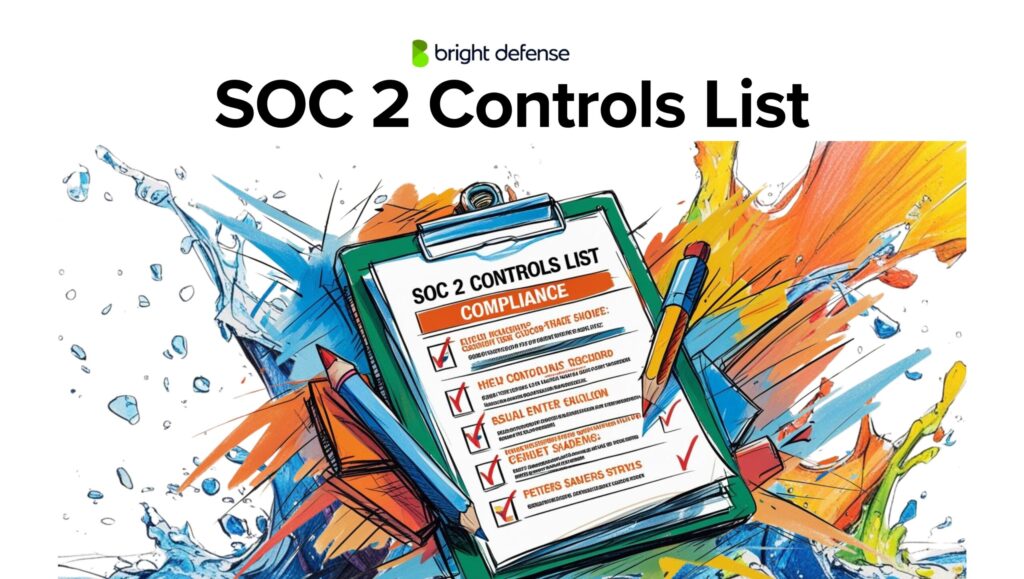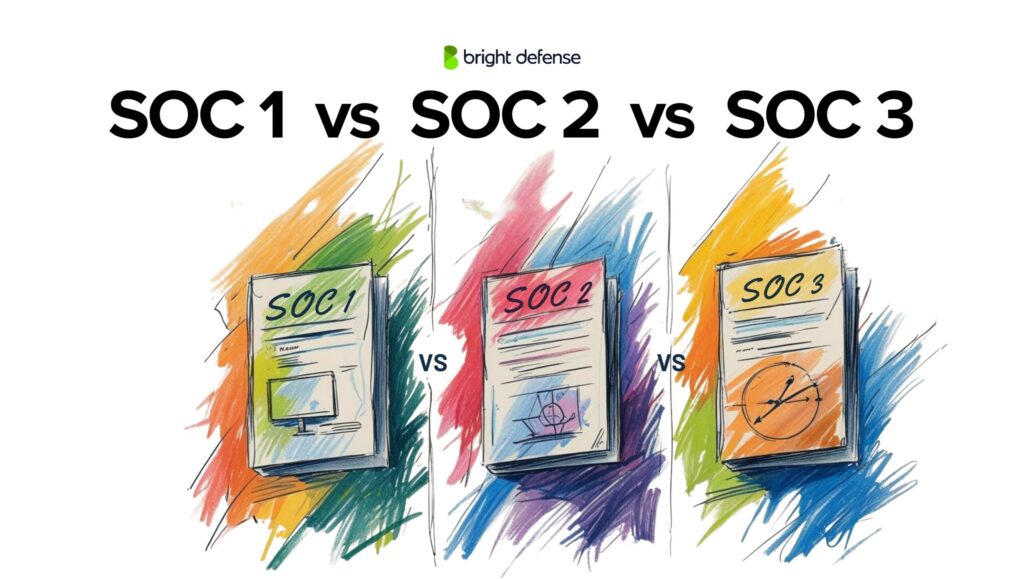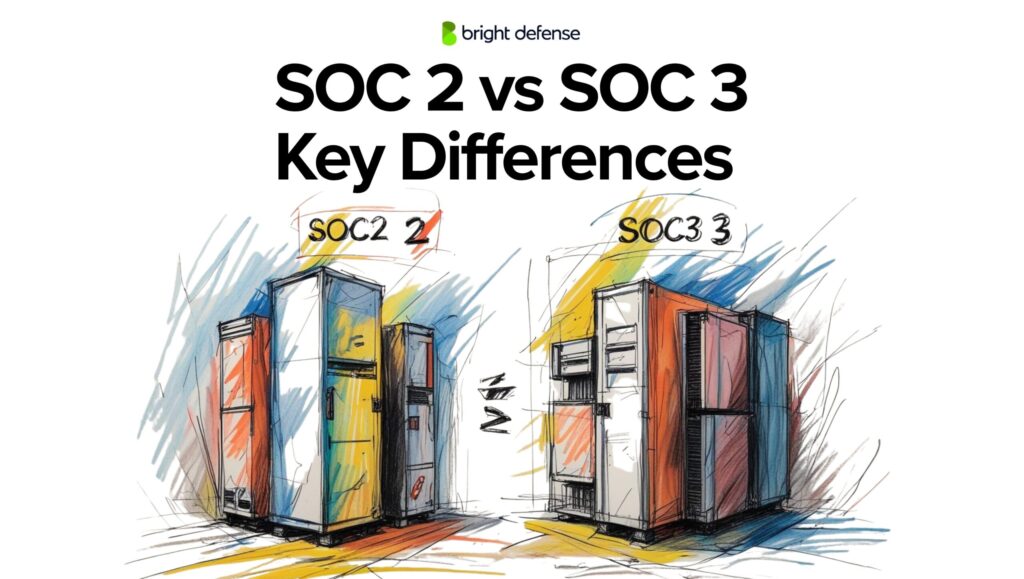
Tim Mektrakarn - CISSP | CISA | ISO 27001
June 28, 2025
PCI DSS 4.0: Understanding the Changes From 3.2.1
Introduction
The Payment Card Industry Data Security Standard (PCI DSS 4.0) helps ensure the protection of cardholder data globally. This article highlights the significant leap from PCI DSS version 3.2.1 to version 4.0. It highlights the advancements and adaptations necessitated by the ever-changing cyber landscape. The PCI Security Standards Council officially released PCI DSS 4.0 on March 31, 2022, setting forth a phased implementation timeline that allows organizations to transition smoothly while adopting the latest security measures that start today on April 1st, 2024.
Background: A Quick Refresher on PCI DSS
The Payment Card Industry Data Security Standard (PCI DSS) establishes a set of security measures for organizations to follow. These ensure the protection of cardholder data during storage, processing, and transmission. By setting these standards, PCI DSS plays a crucial role in safeguarding sensitive cardholder information against unauthorized access and fraud.
Since its inception, the standard has evolved through several versions. Each version responds to new security challenges and technological advancements in the payment industry. This evolution reflects a continuous effort to stay ahead of potential threats. The latest iteration, PCI DSS 4.0, aims to address the complexities of today’s digital commerce environment.

Key Changes in PCI DSS 4.0
Enhanced Flexibility for Compliance
PCI DSS 4.0 introduces a significant shift towards enhanced flexibility in compliance. It allows organizations to choose between customized approaches and traditional standardized controls. This change acknowledges that one size does not fit all when it comes to security measures. By enabling a customized approach, PCI DSS 4.0 empowers organizations to design and implement security controls that specifically address the unique risks and characteristics of their operating environments.
For example, a cloud-based retailer might adopt advanced encryption and tokenization methods tailored to its cloud infrastructure. A brick-and-mortar store, by contrast, could focus on physical access controls and point-of-sale system security. This flexibility encourages organizations to think critically about their specific security needs and craft measures that effectively mitigate their unique risks. It promotes a more robust and personalized approach to data protection.
Strengthened Security Measures
PCI DSS 4.0 strengthens security measures significantly, particularly around authentication and encryption. It mandates multi-factor authentication (MFA) for anyone accessing the cardholder data environment. This is a step beyond previous versions. This requirement ensures that accessing sensitive information requires more than just a password. This greatly reducing the risk of unauthorized access. For example, a user might need to provide a password along with a temporary code sent to their mobile device, ensuring a higher level of security.
Moreover, PCI DSS 4.0 places an enhanced focus on encryption techniques to safeguard data both in transit and at rest. This means that whether data is being transmitted across networks or stored on servers, it must be encrypted using industry-accepted standards. This encryption acts as a robust barrier, making it difficult for unauthorized parties to decipher any intercepted data. By enforcing these updated requirements, PCI DSS 4.0 aims to protect organizations against increasingly sophisticated threats targeting payment data.
Expanded Scope for New Technologies
PCI DSS 4.0 broadens its scope to encompass emerging technologies and payment methods, acknowledging the rapid evolution of the digital payment landscape. This version introduces specific guidelines for integrating cloud services, cryptocurrencies, and mobile payments into the secure payment environment. PCI DSS 4.0 ensures that its standards remain relevant and effective in protecting cardholder data across these new platforms. For instance, it offers directives on securing cloud-based storage and processing of payment information, safely facilitating transactions in cryptocurrencies, and safeguarding mobile payment applications. This expanded scope helps organizations navigate the complexities of new technologies while maintaining robust security measures.

Risk Assessment and Operational Resilience
With the latest update, PCI DSS 4.0 places a stronger emphasis on risk assessment and operational resilience within payment processes. Organizations are now required to conduct more thorough risk analyses to identify vulnerabilities within their payment systems actively. This approach moves beyond static compliance checks, advocating for a dynamic and ongoing assessment of risks that could impact the security of cardholder data.
Furthermore, PCI DSS 4.0 mandates regular, iterative testing and monitoring of security controls. This ensures they are effective and to adapt to new threats as they arise. The continuous evaluation and improvement cycle actively enhances the resilience of payment systems against disruptions and attacks, ensuring protective measures evolve alongside the threat landscape.
Transitioning to PCI DSS 4.0: Strategies for Businesses
The transition from PCI DSS 3.2.1 to 4.0 comes with a set timeline. This allows businesses to plan and adapt their compliance strategies effectively. The PCI Security Standards Council has outlined a transition period. This provides ample time for organizations to understand the new requirements and implement the necessary changes. To prepare for compliance with the new standards, businesses should start by conducting a gap analysis to identify areas that require updates or improvements. Engaging with IT and security teams early in the process ensures that all aspects of the transition are considered, from technical implementations to employee training.
Furthermore, businesses can take advantage of various resources offered by the PCI Security Standards Council. These include detailed guidance documents, training sessions, and webinars. These resources are designed to support organizations through the transition, providing clarity on the new requirements and practical advice on achieving compliance.
The Impact of PCI DSS 4.0 on Different Stakeholders
The changes introduced in PCI DSS 4.0 will have distinct impacts on various stakeholders within the payment ecosystem. This includes merchants, service providers, and financial institutions.
Merchants, especially those adopting new technologies for payment processing, will need to ensure their systems are equipped to meet the enhanced security measures. Service providers that handle cardholder data on behalf of merchants must also adapt their operations to comply with the updated requirements. These focus on areas such as encryption and access control.
Financial institutions, responsible for the overarching security of payment transactions, will need to reassess their relationships with merchants and service providers. This ensures that all parties adhere to the heightened standards. Qualified Security Assessors (QSAs) will also become even more critical in the new landscape. QSAs must familiarize themselves with the nuances of PCI DSS to provide accurate assessments and guidance to organizations looking to achieve or maintain compliance. Their expertise will be pivotal in navigating the transition, helping stakeholders understand and implement the necessary security measures to protect cardholder data.

Challenges and Considerations
The transition to PCI DSS 4.0 presents several potential challenges for businesses. Adapting to the new requirements may require significant changes to existing systems and processes. This is particularly true for organizations heavily reliant on legacy technologies. The need for enhanced encryption and multi-factor authentication can introduce technical complexities, necessitating skilled personnel and potentially new infrastructure investments.
For small and medium-sized enterprises (SMEs), these challenges are compounded by limited resources and expertise. Unlike large corporations that may have dedicated cybersecurity teams, SMEs often operate with constrained budgets and fewer IT staff. This makes compliance a daunting task. However, the flexibility offered by PCI DSS 4.0’s customized approach can benefit SMEs. It allows them to implement security measures more suited to their specific needs and capabilities.
Large corporations, while better equipped in terms of resources, face their own set of challenges. These include the scale of implementing changes across complex, multinational networks and the need to train a larger workforce on the updated standards.
Conclusion
The updates introduced in PCI DSS 4.0 mark significant advancements in the efforts to secure cardholder data against the backdrop of an increasingly sophisticated cyber threat landscape. The changes, including enhanced flexibility for compliance, strengthened security measures, and the expanded scope for new technologies, underscore the payment card industry’s commitment to fostering secure and resilient payment environments.
Adopting the new standards sooner rather than later can provide organizations with a competitive edge, not only by ensuring compliance but also by demonstrating a commitment to the highest levels of security to their customers. Early adoption and proactive engagement with PCI DSS 4.0 will be key to navigating the transition smoothly and effectively.
Ultimately, PCI DSS represents a shift towards more adaptive and resilient security practices. By embracing these changes, organizations can better protect themselves and their customers from the evolving threats that characterize today’s digital economy, ensuring trust and security in the payment card industry for years to come.
Bright Defense PCI Services
Ready to navigate the complexities of PCI DSS 4.0 with ease and confidence? Bright Defense is your trusted partner in achieving and maintaining continuous compliance. Leveraging the power of Drata’s cutting-edge technology, we provide an unrivaled solution for real-time compliance monitoring and seamless audit preparation. Our expert team is dedicated to simplifying your journey towards PCI DSS 4.0 compliance, ensuring that your organization is not only prepared for an audit by a Qualified Security Assessor (QSA) but also equipped with the tools to monitor your compliance status continuously. Don’t let the daunting task of compliance slow you down. Contact Bright Defense today and take the first step towards secure, compliant, and hassle-free operations in the ever-evolving digital payment landscape.
PCI Resources
Official PCI Security Standards Council Documents and Guidance:
- The PCI Security Standards Council itself is a great place to start. They have a whole resource hub dedicated to PCI DSS v4.0, including the standard documents and educational resources: https://www.pcisecuritystandards.org/document_library/
- PCI Resouce Hub: PCI DSS v4.0 Resource Hub (pcisecuritystandards.org)
- Subscribe to the PCI Council Blog: PCI Perspectives (pcisecuritystandards.org)
Frequently Asked Questions (FAQ) on PCI DSS 4.0
Q1: What is PCI DSS 4.0?
A1: PCI DSS 4.0 is the latest version of the Payment Card Industry Data Security Standard, which sets the requirements for organizations that store, process, or transmit cardholder data. It introduces new and updated security measures to protect against the evolving threat landscape.
Q2: When was PCI DSS 4.0 released?
A2: The PCI Security Standards Council officially released PCI DSS 4.0 on March 31, 2022.
Q3: What are the major changes in PCI DSS 4.0?
A3: Major changes include enhanced flexibility for achieving compliance through customized approaches, strengthened security measures such as mandatory multi-factor authentication and advanced encryption, expanded scope to cover new technologies, and a greater emphasis on risk assessment and operational resilience.
Q4: How does PCI DSS 4.0 address new technologies?
A4: PCI DSS 4.0 includes guidelines for securing emerging payment technologies, including cloud services, mobile payments, and transactions involving cryptocurrencies, ensuring comprehensive protection across all payment platforms.
Q5: What is the timeline for transitioning to PCI DSS 4.0?
A5: Organizations are encouraged to transition to PCI DSS 4.0 as soon as possible, with a grace period provided for gradually phasing out compliance with the previous version, PCI DSS 3.2.1. The specific transition timeline includes deadlines for full compliance with the new standards.
Q6: How will PCI DSS 4.0 impact small and medium-sized enterprises (SMEs)?
A6: PCI DSS 4.0 offers a more flexible approach to compliance, which can be particularly beneficial for SMEs. It allows for customized security measures tailored to an organization’s specific environment, potentially easing the compliance burden on smaller businesses with limited resources.
Q7: Are there new requirements for encryption in PCI DSS 4.0?
A7: Yes, PCI DSS 4.0 places an enhanced focus on encryption, requiring strong encryption for data in transit and at rest, and introducing updated standards for encryption techniques to better protect against unauthorized access.
Q8: What role do Qualified Security Assessors (QSAs) play in PCI DSS 4.0?
A8: QSAs are critical in helping organizations understand and implement the requirements of PCI DSS 4.0. They provide assessments, guidance, and validation of compliance, ensuring that organizations meet the updated standards effectively.
Q9: What challenges might organizations face during the transition to PCI DSS 4.0?
A9: Challenges include adapting to new and updated requirements, implementing advanced security measures, ensuring comprehensive coverage of all payment technologies, and managing the transition within the set timeline.
Q10: Where can organizations find resources and support for transitioning to PCI DSS 4.0?
A10: The PCI Security Standards Council provides a range of resources, including guidance documents, webinars, and training programs. Additionally, organizations can seek assistance from QSAs and other cybersecurity professionals specializing in PCI compliance.
Get In Touch



